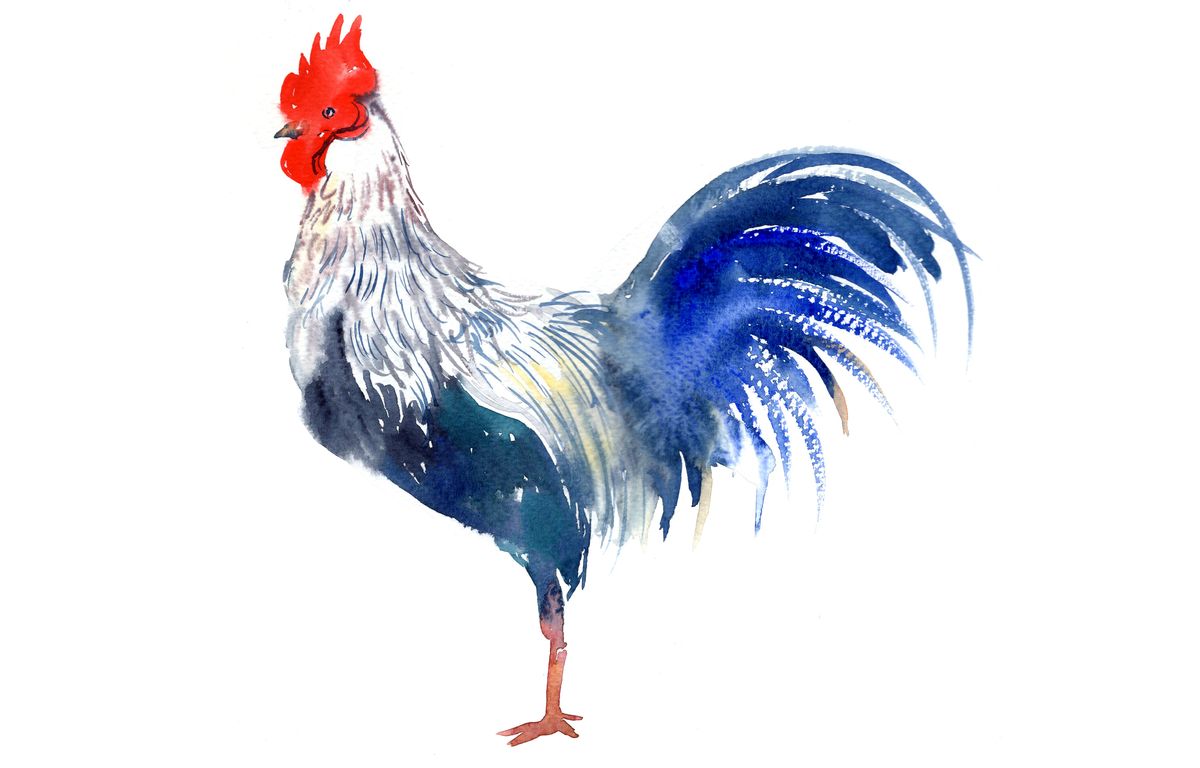-a-doodle-doo! This is a very French onomatopoeia, both allusion to the song of the gallinaceous and the expression of tricolor chauvinism. The rooster has been linked for 2000 years to the destiny of the French, and their Gallic ancestors, and this attachment began with a simple play on words, in Latin. Indeed, the term gallus refers just as well to the rooster as to an inhabitant of Gaul.
If it is not really a Gallic symbol, the rooster was still appreciated by the Celtic tribes for its combativeness, boldness and pride. During a famous episode of the Gallic Wars, Vercingetorix would even have sent a rooster to the Roman armies besieging Gergovie to taunt them, bravado to which Caesar will respond by receiving the chief of the Arvernes at a dinner, where he will invite him to eat his rooster, cooked in wine...
Access to this content has been blocked in order to respect your choice of consent
By clicking on "I ACCEPT", you accept the deposit of cookies by external services and will thus have access to the content of our partners
I AGREE
And to better pay 20 Minutes, do not hesitate to accept all cookies, even for one day only, via our button "I accept for today" in the banner below.
More information on the Cookie Policy page.
A monarchical and republican symbol
Having become a Christian symbol during the Middle Ages, where it is seen perched on top of the bell tower of churches waiting for the return of the day and divine light, the rooster is attached to the kings of France from the Renaissance. The Valois, followed by the Bourbons, began to have the animal represented at their side on engravings or coins, on paintings or official documents. Louis XIV gave it an important place in the architectural and decorative order that he had developed, and the rooster then joined the emblem of royalty, the fleur-de-lys, on motifs still present today in the Louvre and Versailles.
Very popular, the bird even took the place of the royal lily after the Revolution, appearing wearing a Phrygian cap on some shields, before being set aside by Napoleon, for whom "the rooster has no strength" and can not represent his empire. But it returned to the taste of the day from the Revolution of 1830, and remained one of the main symbols of the country, crossing the regimes and being both on one of the entrances of the Élysée (the famous gate of the rooster) or at the top of many war memorials.
The rooster, a blue-white-red sportsman
But it is especially in sport that the Gallic rooster is associated with the colors of the country. The French Federal Committee, the ancestor of the French Football Federation, affixed it to the jersey of the Blues in 1909, from which it would never leave. The initiative will be replicated by other federations, and all French athletes wear his effigy during international competitions, dressed for decades by their official equipment manufacturer, the famous Coq sportif.
After such a long relationship, it is no wonder that a rooster became the mascot of the 1998 football World Cup. Who else but Footix could represent the French spirit so well?
Did you like this article? Find the magazine "Le Monde des Animaux" on newsstands and on monmag.fr (paper and digital versions, and subscriptions).
The World of Animals & Nature is a magazine dedicated to wild fauna and flora from all over the world. Through captivating stories and sublime photographs, the magazine offers a true visual safari in the heart of nature.
- Animal Minutes
- Animals
- Rooster
- Bird
- Republic
- Monarchy
- History
- Leisure

